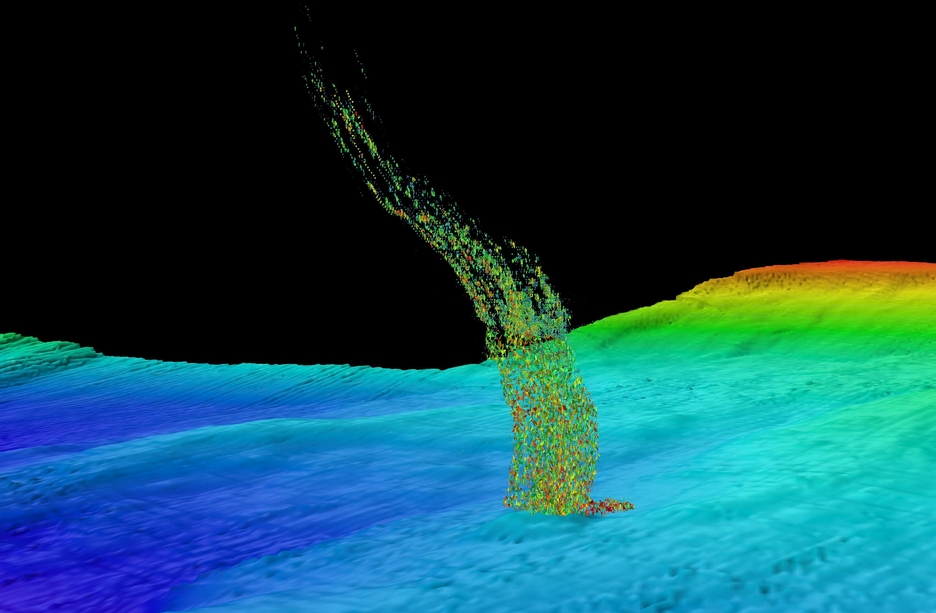The U.S. Department of Energy recently awarded a group led by the University of Washington $4 million to develop bacteria that can turn the methane in natural gas into diesel fuel for transportation.
“The product that we’re shooting for will have the same fuel characteristics as diesel,” said principal investigator Mary Lidstrom, a UW professor of chemical engineering and microbiology. “It can be used in trucks, boats, buses, cars, tractors – anything that diesel does now.”
The Advanced Research Projects Agency-Energy, or ARPA-E, selected the UW-led project in its second major funding round that awarded 66 grants to U.S. universities, businesses and national labs. The Energy Department launched the agency in 2009 to support high-risk, potentially transformative energy research projects.
The UW engineers will work with scientists at the National Renewable Energy Lab and two industry partners. They will target the natural gas associated with oil fields, which is often flared off as waste, as well as so-called “stranded” natural gas reserves that are too small for a pipeline to be economically viable.
The team aims to capture that natural gas and use bacteria to turn its main component, methane, into a liquid fuel for transportation.
“The goal at the end of three years is to have an integrated process that will be ready for pre-commercialization pilot testing,” Lidstrom said.
The four project partners have distinct roles. First, the UW team will develop a version of the bacteria that is even better at converting methane to energy-rich fatlike molecules. ThenLanzaTech, a New Zealand-based biofuels company, will develop a way to grow the new bacteria in larger quantities at high efficiency. Next the U.S. National Renewable Energy Lab in Golden, Colo., will devise an efficient way to extract the energy-rich molecules from the microbe’s cells. Finally, partners at Johnson Matthey, a U.K. chemical company, will use chemical catalysts to convert those molecules into diesel.
After establishing a viable method, national lab scientists will work with the industry partners to develop an economic model that predicts manufacturing costs as production scales up.
|
|
The bacterium at the center of the effort comes from an alkaline salty lake near Mongolia. Team member Marina Kalyuzhnaya, a UW research associate professor in microbiology, discovered it during her graduate studies in Russia. The microbe can survive in harsh environments, consumes methane and uses it to build cells containing energy-rich lipids. At the UW, the microbe has been evolved to grow unusually fast, making it practical for industrial applications.
Other members of the UW team are research assistant professor David Beck and senior research scientist Ludmila Chistoserdova, both in chemical engineering. The grant starts in February and lasts three years, with project milestones due every quarter.
“It’s exciting,” Lidstrom said. “We have to hit the ground running. It’s very ambitious but we believe this team is strong enough, and we know enough about what needs to be done that we will achieve our goal.”





